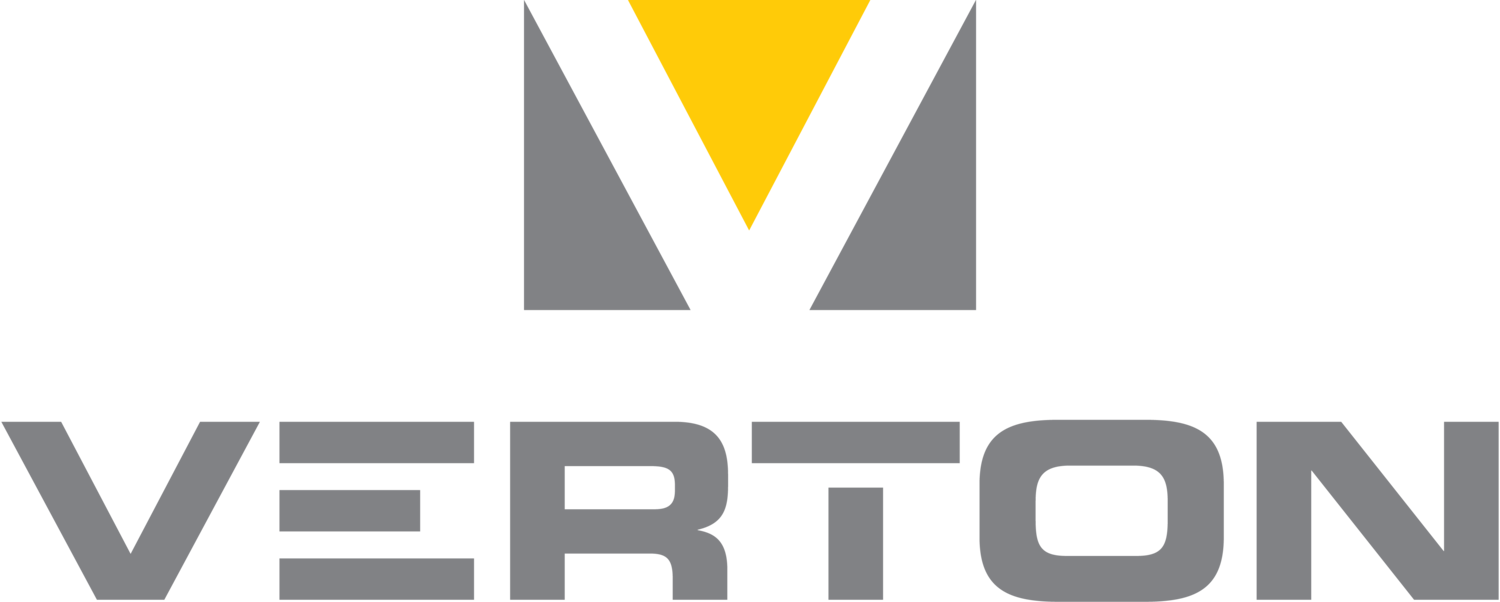What’s the connection between cranes, drill bits, and horseless carriages?
Author: Stanley Thomson, Chief Technical Officer at Verton
Drill bits are the classic example of what you go to the hardware store for, and it’s not because you have a thing for drill bits. People buy a half-inch bit because they need a half-inch hole.
This earth-shattering observation feeds into Tony Ulwick’s “Jobs To Be Done”, or JTBD™, and the companion volume, “Outcome-Driven Innovation”, or ODI™.
The concept is that people/companies/employers “hire” things to get stuff done, and as an innovator, if you understand what your potential customer wants to be done, this points you in the right direction, hence the “Outcome” part of ODITM.
If you know what your customer wants to get done, and the metrics that confirm that it got done, then you design your innovation to become an offer he/she can’t refuse.
Cranes are not all that innovative, having been around for a while, but people are still hiring them to get jobs done. What does somebody hire a crane to do?
Moving things from A to B is the easy answer, but more accurately, moving things from A to B, where B is defined in three dimensions, or in the x-y-z planes for the mathematically endowed.
But we’ve missed one of the metrics.
As a thought experiment, list the top five types of loads that can be put down without attention to orientation.
Struggling?
Me too, because 99.9% of loads are ideally put down pointing in a certain way.
If you’re someone who occasionally hires cranes to do a job, why settle for one that only does 75% of it? Or, going deeper, how would it affect your business if the cranes you hire could provide the orientation part of their job, by themselves, with the same speed, precision, and repeatability as they do the rest of it?
At another level, if you are a project owner, you could ask yourself if your contractor has asked herself/himself that question. And stepping back briefly from Verton’s naked self-interest, what else are you hiring things to do that don’t get the whole job done?
Bonus for the persistent: If you’ve read this far; the connection to horse-less carriages? At one point in history we used to define a means of transport by reference to a feature it didn’t have, but not for long. For how long will we refer to tagline-less cranes?
And remember, we didn’t move on from the stone age because we ran out of stones.
We found a better way.

